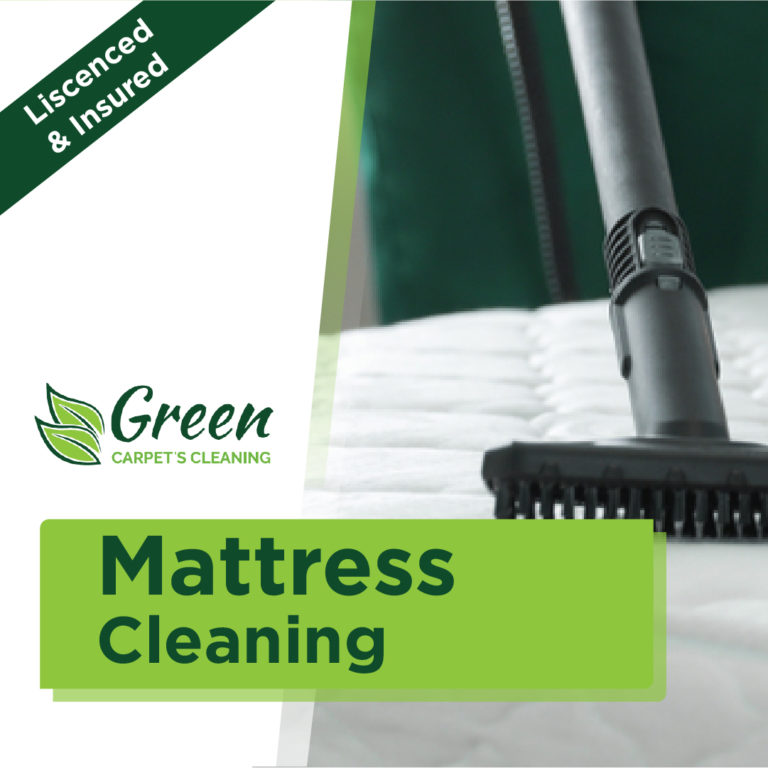WHICH DRAPERY FABRICS ARE WASHABLE VS. DRY CLEAN
Drapery Cleaning in Dublin — Drapery is often neglected by homeowners when it comes to its routine upkeep. While the other upholstery is left to chance we typically tend to care more about our carpets. No doubt nearly all drapery fabrics require dry cleaning and care, which is precisely why we ignore them.
You may be surprised to discover that a few curtains and drapes can be laundered at home with little trouble! Read on to find out which common cosmetic and fabrics are washable and that must be dry cleaned.
Does it Matter Whether You Wash or Dry Clean Your Own Drapes?
The proper and regular cleaning of drapery materials is crucial for a lot of reasons. If forgotten, not only do they seem unpleasant and dirty, but could become a problem for those who have allergies. If the majority of drapery fabrics don’t seem that fragile, we have to always look after them correctly to be able to stop shrinking, stretching, and pulling, advised an expert from Fantastic Services. Curtains are measured to hang a particular distance or to puddle on the floor. Washing a clean only cloth may change the look of your curtains or completely ruin the fabric.
Washable fabrics which have yet to be pre-treated are subject to those distortions. You have to launder curtains made only from fabrics to prevent shrinkage. Should you use a washing machine clean them with cold water and use the delicate cycle of the laundry machine, but don’t dry them out there. Letting delicate fabrics to hang out of a line can be debatable, as drapery might elongate, distorting shape or the pattern. Lay the drapery flat to keep their physical appearance and maintain the quality.
Which Fabrics Could You Wash at Home?
Some cloths need to be washed by hand, while others can be put by you in a system. Linen and cotton can be cleaned in water or on the cycle, but only as long as they are unlined. Stronger synthetic materials such as nylon and polyester can be washed in a machine and by hand, along with cashmere and wool. Bear in mind that nylon and cotton fibers become degraded from cleaning solvents washing them by hand or in a system is not just an alternative. It’s the only real way to clean them. Polyester fabrics don’t have to wash and may be hung right after you clean them.
Silk fabrics may also be hand-washed.
Most times is the one. Colours — and colors that you are sure won’t bleed — may be cleaned that way. Use mild dishwashing soap and gentle hand motions when you treat this kind of fabric. Otherwise, dry clean silk substances.
Your drapes always vacuum them with the suitable machine setting.
You will also have to pre-treat spots or any spots with a solution. There are many different types of detergents, based on the type of cloth, so be sure to choose the right one for your drapery. The material to absorb the solution will be helped by A bit of lukewarm water. Follow your remover’s package directions and allow the product to sit down for the period of time.
If your drapery is acceptable for hand or machine washing, always do a check to make sure it’s color-fast. Dip a corner in a mixture of warm water and the detergent. If the color begins to bleed, you need to hunt for a different cleaning option. Bear in mind that each cloth includes a list of instructions where you could see the way of cleaning. Often, even when drapery itself is suitable for washing, the lining isn’t.
To fabric,
Soak it in a big sink, bathtub or a bucket full of cool water and mild detergent.
Let the fabric soak for 30 minutes to an hour.
Gently squeeze the water out, being careful to not use pressure so you don’t accidentally wrinkle cloths that cannot be pressed, like cotton and velvet. Some fabrics could be ironed while still moist, to eliminate wrinkles. If you’re unsure, remove from drapery fabrics.
Some drapery fabrics cannot be washed in the home. Drapes with beading a liner , other embellishments or pleating should always be dry cleaned. Furs, tapestry fabrics, crushed velvet synthetics such as rayon, taffeta, satin, suede, and brocade cleaned.
You might also need to dry-clean items that are excessively soiled or stained. Bear in mind, it is wiser and safer to dry-clean curtains when you aren’t confident you can eliminate stains. If you fail to remove a blot there is a significant chance it will become permanent when the fabric is allowed to dry.
Most store-bought drapes have a care tag that lists the fabric and washing instructions. If your drapes are hand sewn or next hand, a fabric shop or a experienced cleaner ought to have the ability to identify the substance and determine the care for this. Whatever cloth your curtains are made of, learn how to maintain and properly clean them in order to keep the clean and healthy appearance of your property.
What window style is best for Drapery in Dublin
Why Are Custom Drapes So Expensive in Dublin














